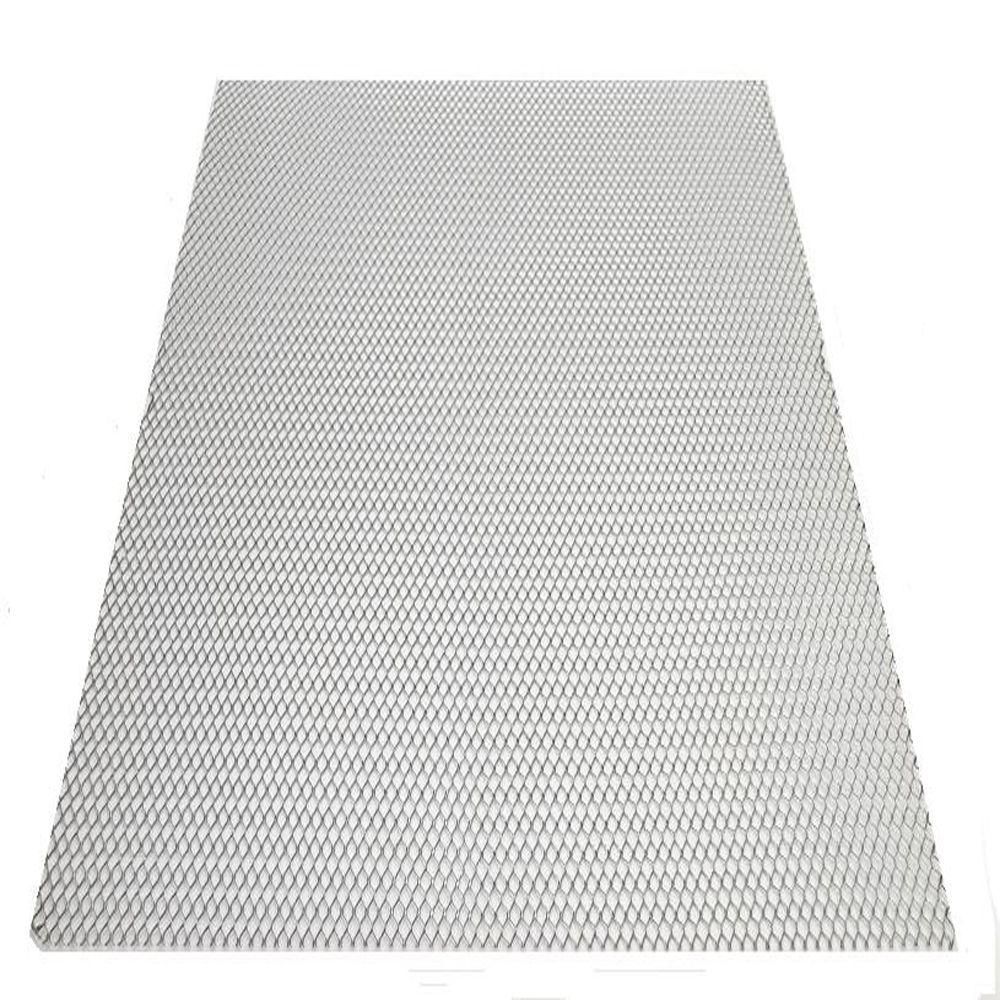Metal Lath Concrete Wall

Rib lath support spacing for metal lath adapted from astm c1063 table 3 types of lath nominal weight vertical spacing inches horizontal inches 1 per sq.
Metal lath concrete wall. With a substrate of concrete or concrete masonry is it necessary to use lath. Can be used as a plaster base and reinforcement on almost all types of walls and ceilings and over wood or steel framing. It is very important to plan the layout of veneer pieces carefully. Many products can be applied directly to poured concrete or concrete block walls but wood framed walls will require vapor barriers and metal lathe.
Yard wood solid plaster metal other metal wood or concrete metal 3 diamond mesh lath2 2 50 lbs. Use this 27 in. Stucco is made from the same materials as concrete and concrete masonry. The large number of openings provide for a better stucco bonding.
Be sure to wrap all corners overlapping the metal lath at lease 4. Step 2 install galvanized metal lath if necessary install a 2 5 or 3 4 lbs self furring diamond metal lath that complies with astm c847. Portland cement adheres well to lots of. 16 16 1616 16.
Including cleaned and untreated concrete masonry or stucco. For example in renovation work new stucco over an existing stucco wall may require lath. This is due to the vast differential movement between solid bases cmu concrete brick stone and metal lath and accessories. It is not necessary to use expanded metal lath on fiber cement board unless required by local building codes concrete exterior or interior wall.
Stop the metal lath 1 from finished edges. Fiberglass lath does not rust and you can cut fiberglass lath with a pair of scissors. 3163 16 1616 16 flat rib lath 2 75 lbs. Metal lath also rusts and will can eventually cause problems in the structure or in the artwork of your project.
Using info found under lath fasteners section. 316 16 1212 12 3 40 lbs. When applying lath to the wall surface you must always fasten to the studs in the wall if going over drywall. Steel lath for both interior and exterior projects if you require an easily cut material that can conform to curved surfaces.
In addition the use of metal plaster base. Metal lath is regularly used over stud wall construction with or without sheathing materials. Metal lath provides a mounting surface on concrete walls for materials that are too heavy to mount otherwise especially stucco or stone veneers. Walls and ceilings that use metal lath for the plaster base should be divided into rectangular panels with an expansion type control joint at least every 18 feet or at the juncture of a dissimilar wall or in either direction in a length to width ratio of 2 to 1 or in ceilings or walls.
As such they have a great affinity for each other. The language above clearly indicates that lath should be the last method attempted.














































